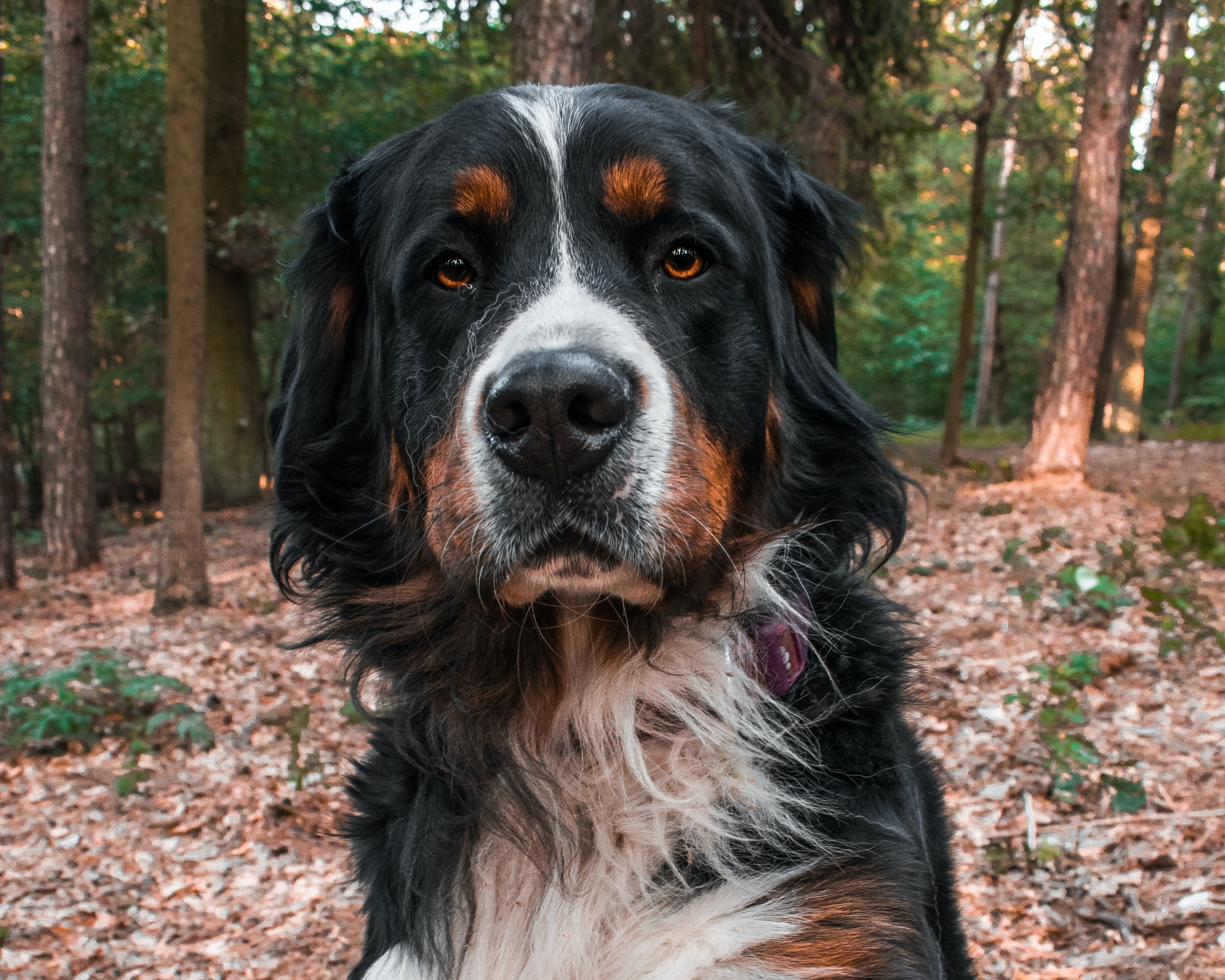

How Far Is Too Far? Safe Exercise for Giant Breed Dogs
We all know movement matters.
But when you’ve got a dog who outweighs most toddlers and snores like a grown man, it can be hard to tell how much exercise is too much—or not enough.
Here’s the truth: a sedentary lifestyle doesn’t lead to a long or healthy one—especially for giant breed dogs.
Regular, intentional activity is essential for joint health, heart health, mental stimulation, and overall longevity. But with big dogs, how you move matters just as much as how often you move. Let’s break it down.
Why Activity Is Non-Negotiable
Giant breeds are prone to joint issues, weight gain, and mobility problems as they age. Regular low-impact exercise helps:
-
Strengthen muscles that support joints
-
Maintain a healthy weight (less strain = longer life)
-
Reduce stiffness and inflammation
-
Improve cardiovascular health
-
Support mental wellbeing (because big dogs get bored, too)
If your big dog is living that couch life day in and day out, it’s not just laziness—it’s a risk.
So… How Far Is Too Far?
It depends. But here are a few principles to keep in mind:
🦴 Start Slow
If your dog’s been mostly inactive, don’t leap into a 5-mile hike. Begin with short, flat walks and gradually increase distance, terrain, and pace. Let their body adapt.
🐾 Watch Their Pace
Is your dog lagging behind, panting hard, or lying down mid-walk? That’s them saying, “I’m done.” Pay attention. Big dogs will often push through discomfort without obvious protest—but subtle signs tell the real story.
🌡️ Mind the Weather
Giant breeds tend to overheat faster. Shorten outings on warmer days and avoid hot pavement. Always bring water—and take breaks in the shade when needed.
⛰️ Age Matters
Puppies and seniors need extra care.
-
Puppies: Their growth plates don’t fully close until 12–15+ months. Avoid long walks, intense hikes, or repetitive jumping until they’re done growing.
-
Seniors: They may be slower, stiffer, and less tolerant of heat or rough terrain. Keep walks shorter, add rest breaks, and stay consistent.
💛 Don’t Skip Recovery
Your dog doesn’t need to hit the trail every day. Rest days are just as essential as exercise days—especially for recovery and long-term joint health. A calm sniff walk or puzzle toy day still counts as enrichment.
Signs You’re Doing Too Much
Even with the best intentions, it’s easy to overdo it. Here’s what to watch for after exercise:
-
Limping or stiffness the next day
-
Reluctance to get up or go for walks
-
Sudden change in energy levels
-
Excessive panting, drooling, or pacing after activity
-
Lying down repeatedly on the trail
If you see these signs, scale back—and when in doubt, talk to your vet.
The Goal Isn’t Distance. It’s Longevity.
We love a good adventure. But for giant breed dogs, not every trail is made for those oversized joints.
The goal isn’t to wear your dog out or clock the most steps. The goal is to help them move well for years to come. To keep them mobile, healthy, and pain-free for as long as possible.
So yes—get out there. Go for the walk. Climb the hill. Chase the sunshine.
Just do it with intention. Their joints (and their future) will thank you.
